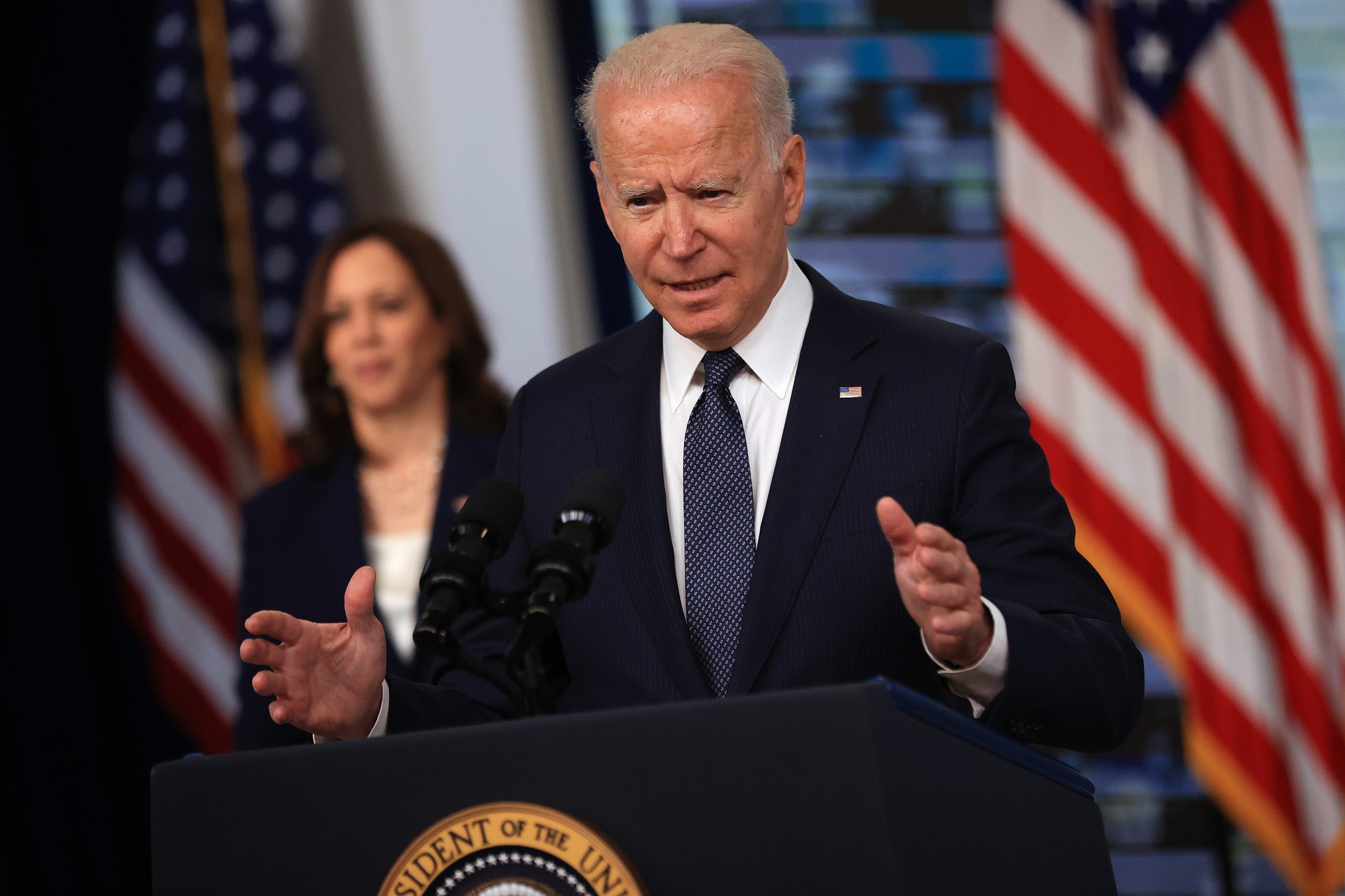Starting July 15 onwards, American families with children will start receiving up to $300 per child on a monthly basis in Child Tax Credit (CTC) payments as part of President Joe Biden’s $1.9 trillion American Rescue Plan that was signed into law on March 11. According to the U.S. Department of the Treasury, roughly 39 million households, covering 88 percent of children in the country, will benefit from the program.
The payments will be made on the 15th of each month until December. For every child under the age of six, the family will receive $300. For children above six years, a payment of $250 will be given. In April 2022, families will get $1,800 or $1,500 as a lump sum as part of their annual tax return for the year.
CTC payments were normally included as part of an individual’s tax refund. American Rescue Plan raised the maximum CTC for 2021 from $2,000 to $3,000 for children between the ages of six to 17 and $3,600 for kids below six. This is the first time that CTC is being distributed on a monthly basis. The payments will be disbursed via paper checks, direct deposits or debit cards.
Parents who make higher annual incomes will get smaller CTC payments. Earlier, CTC was only paid out to families with income tax obligations after filing with the IRS. But under the new scheme, couples making $150,000 or less annually can receive CTC payments on a monthly basis. Eligibility for the program is determined by the IRS based on the 2019 and 2020 tax years.
“In addition to helping Americans hard-pressed and working families, experts have told us that this will cut child poverty in America in half… This tax cut sends a clear and powerful message to American working — working families with children: Help is here,” Biden had said in a statement on May 17.

Success
You are now signed up for our newsletter
Success
Check your email to complete sign up
On June 15, Biden said that he plans on making the program last quite a while. “This is just the first step. My American Families Plan will extend this benefit for years to come,” Biden said in a Facebook post. While speaking at McHenry County College in Crystal Lake in Illinois on July 7, the president indicated that the tax credit will be extended “at least through 2025.”
Welfare debate
According to the U.S. Treasury, 88 percent of American families will automatically receive the CTC benefits, something that is sure to come as a reprieve for millions of people hit by coronavirus lockdowns, severe unemployment, and rising prices.
But some have criticized the CTC program for providing no-strings-attached money, pointing to the less-than-advertised effects of nearly half a trillion dollars spent in recent years to combat poverty.
A report published by the The Heritage Foundation highlights the fact that all families, including those without incomes, are eligible for the $3,600 a year in child welfare, in addition to whatever benefits they already receive, such as food aid, Medicare, and the like.
Robert Rector, senior research fellow of domestic policy studies at the Foundation, told The Epoch Times this March that the program would cost $80 billion annually, plus another $40 billion in lost tax revenue.
That’s “on top of a half a trillion dollars that the United States currently spends on cash, food, housing, and medical care for low-income Americans,” he said, referring to the $449 billion spent on money, food, housing, and medical care for impoverished families with children in 2015.
However, an estimated $76.7 billion was needed to lift those families out of poverty that year, or just a fifth of what was spent. Yet millions of American children still live in families below the poverty line.
The Heritage Foundation contrasted the CTC program with those devised in the 1990s, which required recipients to have jobs in order to maintain their eligibility.
Michael Strain, director of economic policy studies at the conservative-leaning American Enterprise Institute, expressed concern that once the program was in effect, it would be “very difficult” to imagine that the program “will be going away anytime soon,” as reported by Market Watch.
“We’re going to see politicians in both parties grabbing the reins of this, wanting to make it their own and having their own takes on it… I don’t think you’re going to see many people (politicians) wanting to openly run against this,” Greg Nasif, chief spokesman for nonprofit group Humanity Forward said. He calls Biden’s CTC payments “the largest basic income trial in human history.”














